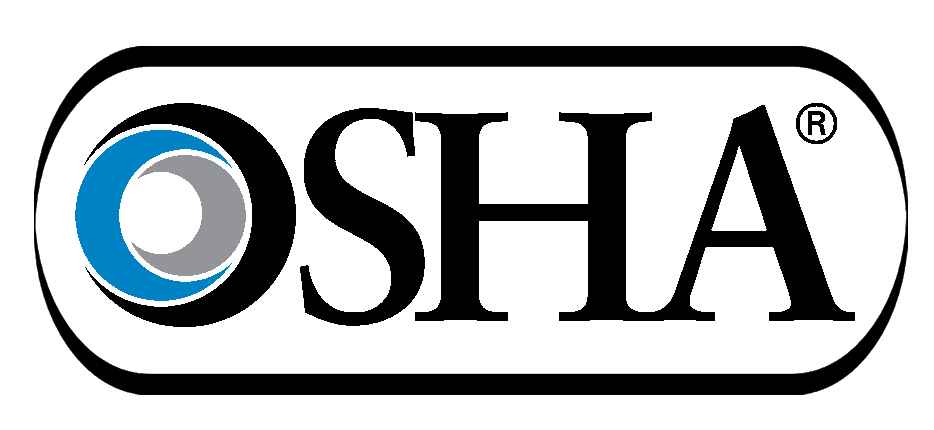A Glenburn contractor faces more than $160,000 in federal penalties for the death of his brother at a worksite back in June.
The federal Occupational Safety and Health Administration says Patriot Paving Group ignored an onsite expert’s continued warnings and the company’s own safety plan, which led to the fatal incident in June.
The agency, also known under the acronym OSHA, determined two workers employed by Patriot Paving Group were installing storm drainage pipes in a three-to-four-foot-deep trench.
Company owner Clifford Lane was using an excavator near the retaining wall’s base at the same time, which OSHA says destabilized the wall and caused a 40-to-60-foot-long section of the wall to tip over. One worker escaped but the other, Stephen Lane, was killed in the mishap.
OSHA investigators say Clifford Lane knew the wall was unstable but did not use necessary protective systems or evacuate employees. “The continuing excavation created clear and imminent dangers,” said a statement released by the OSHA office in Augusta.
After its investigation, OSHA cited the company for five willful violations and proposed penalties of $161,325 for the following conditions:
- Not bracing the retaining wall and exposing employees to struck-by and/or caught between hazards.
- Failing to remove employees from the trench after it was determined to be hazardous.
- Not training or instructing three employees in the hazards associated with trench activities.
“The warnings were clear, yet Clifford Lane chose to ignore them, putting progress before safety and putting employees directly in harm’s way,” said OSHA Area Director Samuel Kondrup in Augusta, Maine. “There is no excuse for so callously endangering workers’ lives.”
The company now has 15 business days to either pay the penalty, request an informal conference with OSHA’s area director, or contest the findings before the independent Occupational Safety and Health Review Commission.
OSHA says it’s currently implementing a National Emphasis Program in Trenching and Excavation focusing on enforcement and education to identify and reduce hazards that pose a risk of serious injuries or fatalities in these operations.






